The Library of Irish Mathematics (Jul 2017)
The online Annals of Irish Mathematics & Mathematicians documents mathematical people who are/were Irish, work(ed) in Ireland, or had Irish doctoral advisors. Its spinoff Library of Irish Mathematics currently documents about 800 books written or edited by people in the first two categories only, spanning three centuries. This is based on information collected over the past two and a half years, and it certainly far from complete.
The books documented vary from privately published tomes by self-taught self-described gentleman of days long gone to volumes by highly trained researchers from the world's most respected publishing houses, such as Cambridge University Press, the LMS, John Wiley, Prentice Hall and Springer. Before the mid 1900s, most books had drab covers, so for these items below we display title pages or covers of more recent reissues. All images can be examined more closely by clicking on them.

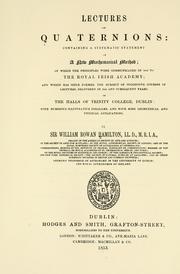


The reach is broad, including mathematical physics, the mathematical aspects of material science, statistics, and more. Here we try to provide an overview of the wealth and diversity of this islandwide "virtual library of Irish mathematics."
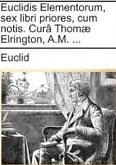
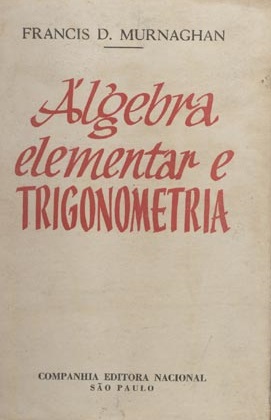


All but a few of these volumes were written in English, with a handful appearing in Latin, Irish, French, Portuguese or Spanish. Several were translated from English to other languages later on. Many of them were published in Dublin or Belfast---especially in earlier times---but obviously many more were published in Britain, most notably in London, Edinburgh and Cambridge. From 1900 on, an increasing number have been published in the USA.
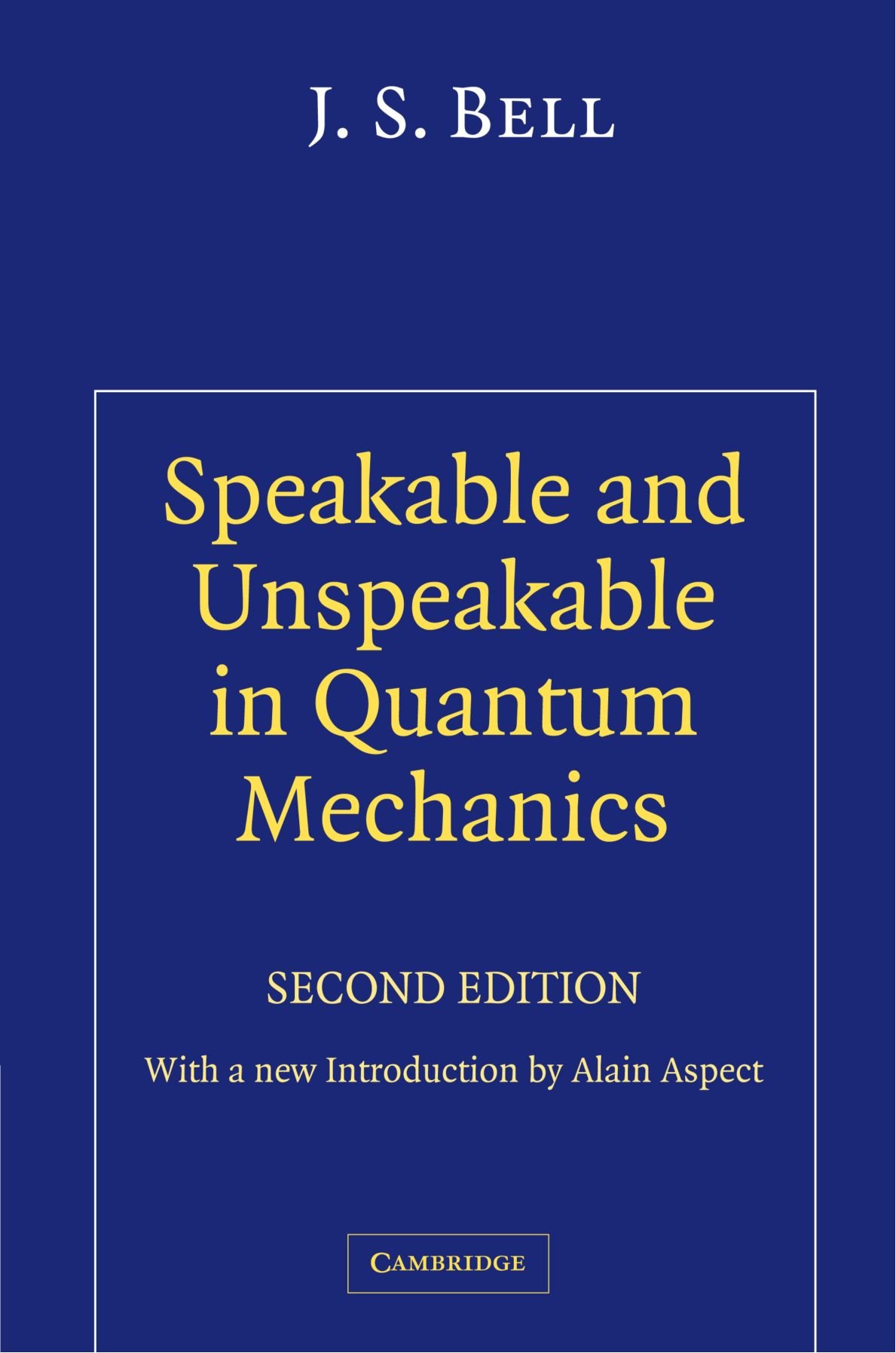

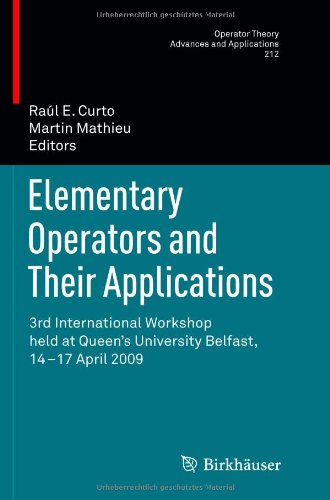
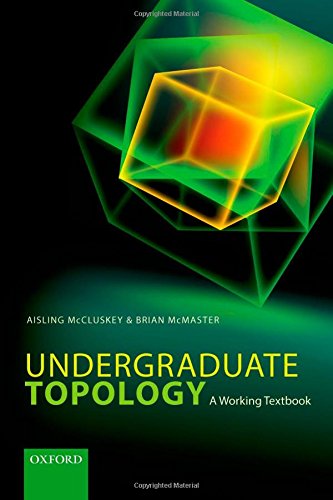
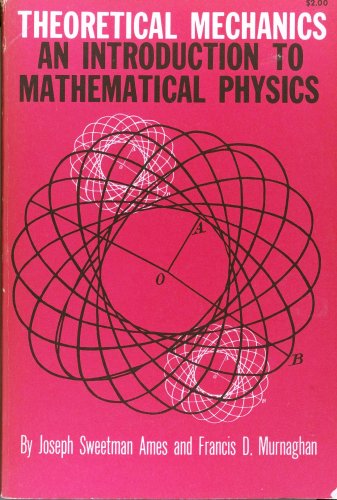
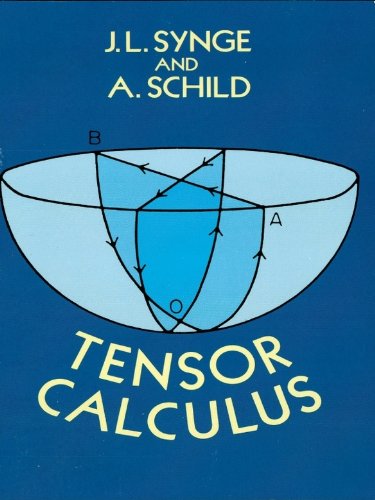

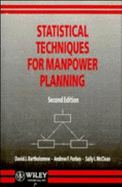
Textbooks (at various levels) and research monographs take up the most shelf space, which is hardly surprising.
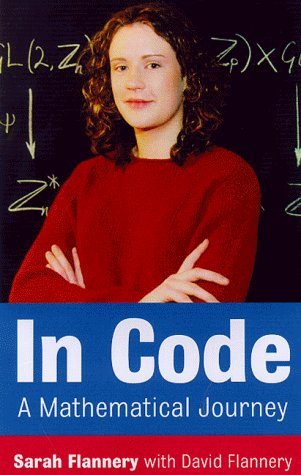

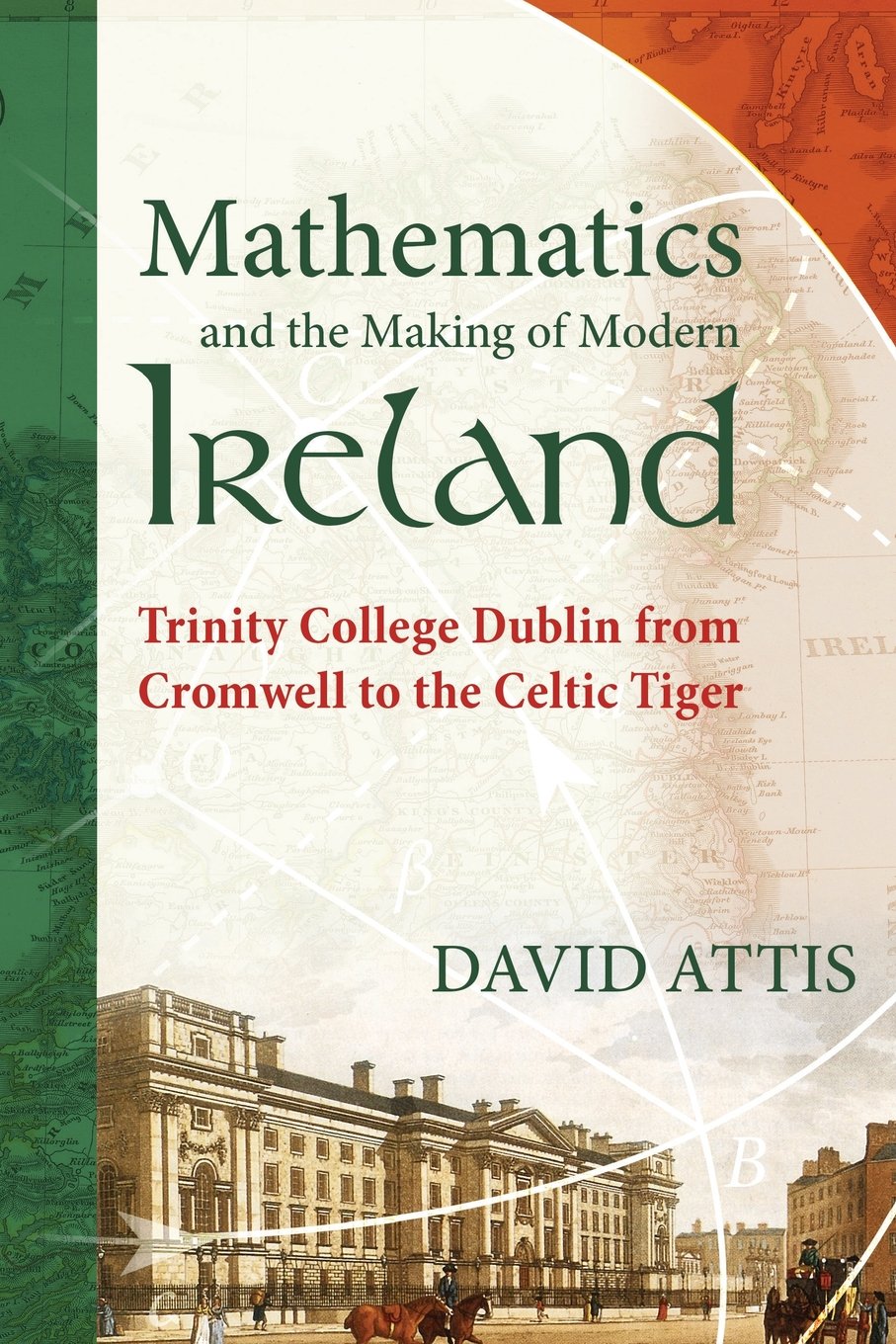


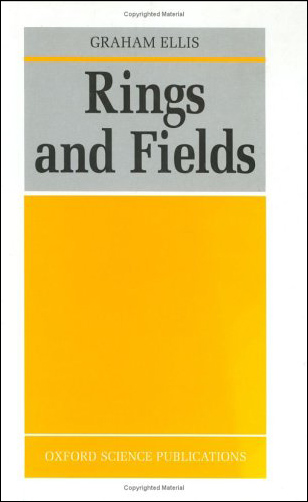
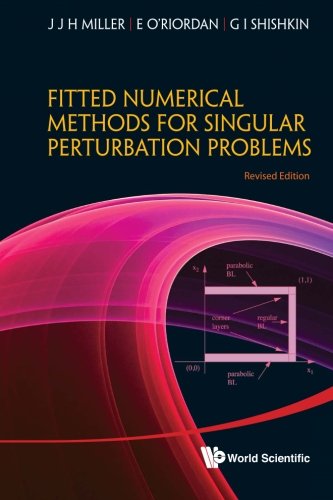
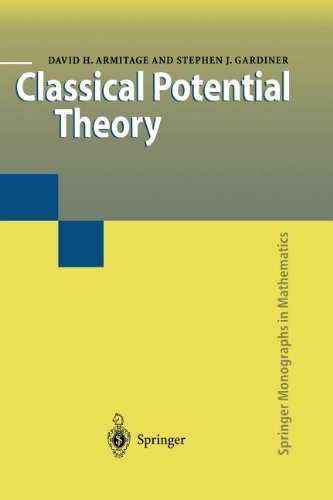
The current century has seen over 210 relevant books published up to mid 2017, including some outreach, survey, historical and recreational maths items.
Over 380 volumes are known from the 1900s, including (starting in the 1970s) numerous conference proceedings, a tradition that continues today. By the early 1900s, collected works (of McCullough, Lamor, Stokes) had joined textbooks and monographs on the shelves, and four volumes of Hamilton's works followed by mid century. Biographies and histories have peppered the landscape for the past 150 years, and are also growing in popularity.
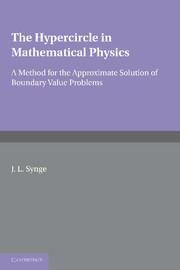


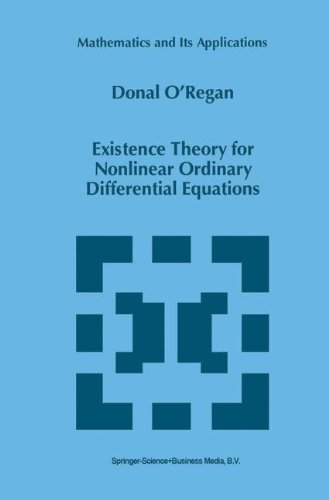
A handful of authors over the past century have been very productive when it comes to book writing or editing, including Frank Murnaghan (16 books), John L Synge (13+), M R C (Coulter) McDowell (10), John Miller (32), Sean Dineen (10), Ray Flood (9) and Donal O'Regan (30+).




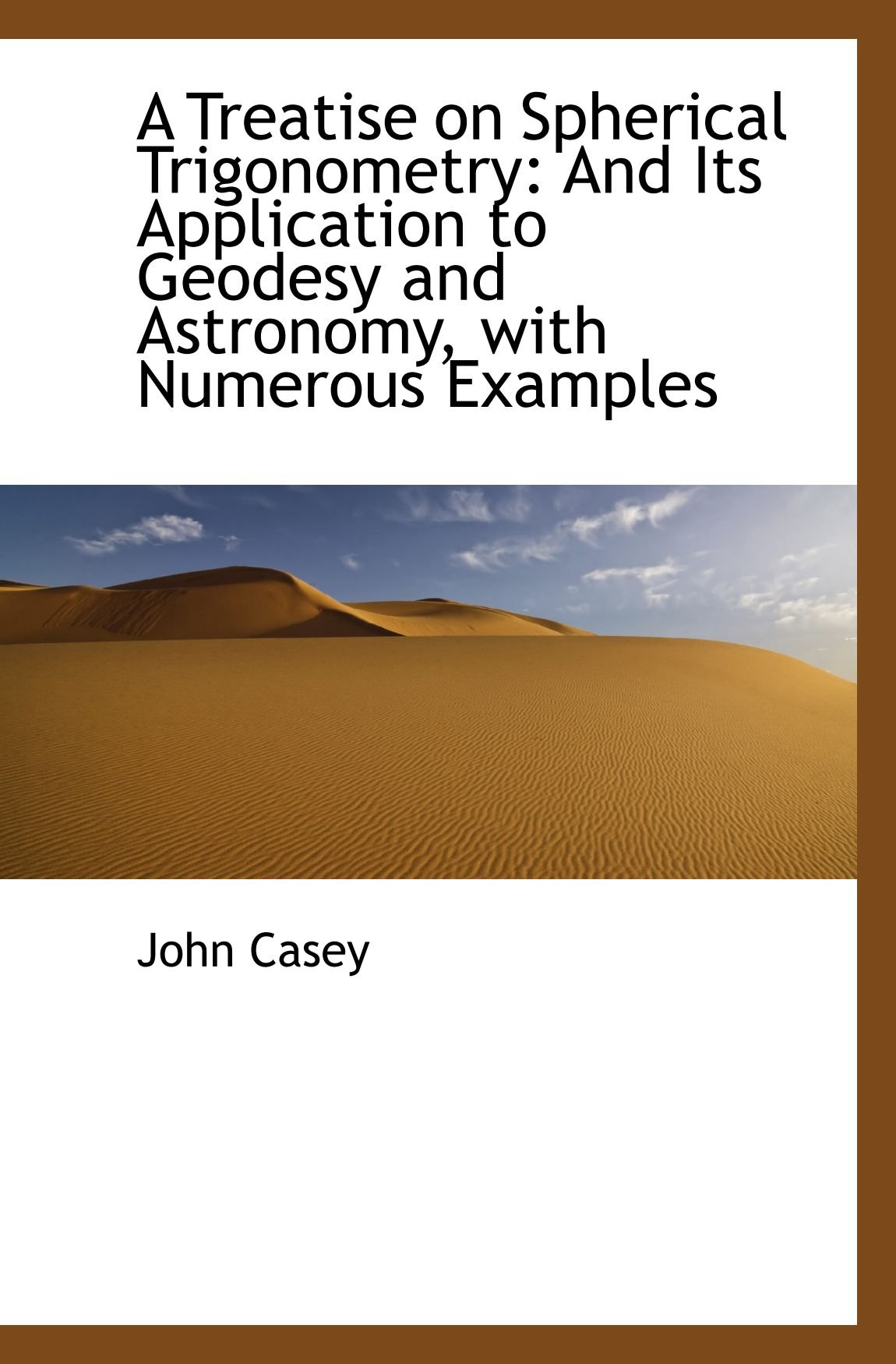

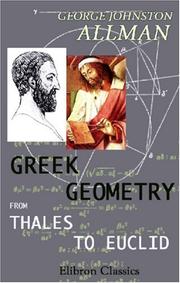

We are aware of 200 tomes from the 1800s, including a plethora of Treatises, especially on algebra, geometry, Euclid's Elements, and conic sections. Prolific authors from that period included James Thomson (6+ books), John Young (22+*), James MacGauley (4), Robert Graves (3), George Boole (4*), John Jellett (3), George Salmon (4), Matthew O’Brien (7), Joseph Galbraith (10), George Stokes (3), Samuel Haughton (10), Benjamin Williamson (4), Peter Tait (22*), Joseph Everett (4), Robert Ball (10*), William Monck (5+), Francis Tarleton (4), and John Casey (7). Many of those men wrote very popular texts in Ireland which were used worldwide and ran to several editions. [* counts include works written before or after those British visitors' spells in Ireland.]
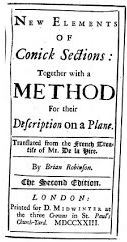
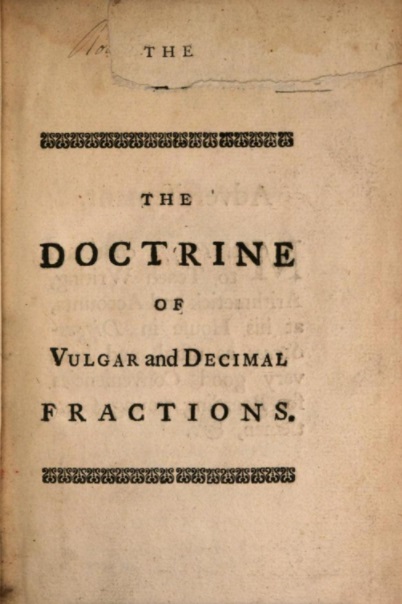
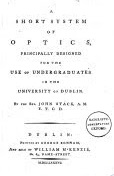
The known 15 books from the 1700s include works on conic sections, algebra, arithmetic, mercantile calculations, geometry, and optics.
Of course, the role mathematics has played in society has increased enormously over the past 300 years, and more and more people are engaged it the field as it has become inextricably embedded in so much engineering and technology. The further we go back in time, the muddier the distinction gets between maths and the physical sciences. Ironically, in the modern world, mathematical thinking is invading the biological and social sciences with speed, resulting in a rise in maths-based publishing in areas once considered "safe" from quantitative considerations.
|
1800s: 3 |
1810s: 9 |
1820s: 15 |
1830s: 23 |
1840s: 25 |
1850s: 28 |
1860s: 9 |
1870s: 23 |
1880s: 43 |
1890s: 22 |
|
1900s: 24 |
1910s: 8 |
1920s: 12 |
1930s: 13 |
1940s: 20 |
1950s: 31 |
1960s: 46 |
1970s: 61 |
1980s: 81 |
1990s: 89 |
The number of Irish maths books published by century, and their breakdowns by decades (shown in the table above), reflect changing socio-economic conditions in addition to the rise of science. Most obviously they are a function of who had access to education in times past, and where and when people had the opportunity to do mathematics for a living. Prior to the mid 1800s, Trinity College Dublin was almost the only place one could get advanced mathematical training in Ireland, and for a multitude of reasons few Catholics passed through its gates. Many Irishmen (and eventually, Irish women) pursued maths education and then careers in Britain.


The traffic was by no means one-way: many British men with mathematical talent came to Ireland, some to study, others to work in academia. Most of the professors of maths and natural science in the early decades of the Queen's Colleges in Belfast, Galway and Cork, were British, as were some of those at TCD. Going a little further back, the earlier colleges in Belfast had also attracted Scottish and English staff. All of this gave rise to well-received books by British authors during their time in Ireland, although some of them returned to Britain later in their careers.

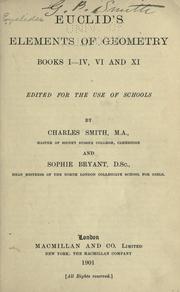


From the 1880s on, numerous Irish and British women, denied degrees by Cambridge despite outstanding performances in the relevant maths examinations at Girton College, were awarded degrees for excelling in Royal University of Ireland exams. Many of them could only find research work in the field of astronomy. Some did write or edit (or translate) books, often in a survey or biographical vein.
There are some remarkable examples of "self-starters"---people with very limited formal education who nevertheless managed to achieve a great deal mathematically. George Boole from Lincoln and Oliver Byrne from Wicklow are two cases in point, though only the first made his mark in academia, as the first professor of maths at Queen's College Cork. Both men left us remarkable books, Byrne's most notable volume is among the four we close with below; all of them deserve to be better known.
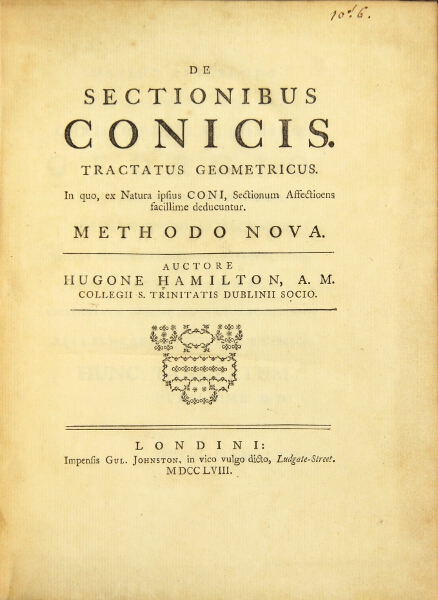



The treatise on conic sections De Sectionibus Conicis: Tractatus Geometricus (1758) by Dubliner Hugh Hamilton (1729-1805) was hailed by Euler as “a perfect book”. In 1773, it surfaced in translation as A Geometrical Treatise of the Conic Sections. (Hamilton's direct descendants included Belfast writer C S Lewis and Dublin mathematician and mathematical physicist John L Synge.)
The First Six Books of the Elements of Euclid in which Coloured Diagrams and Symbols Are Used instead of Letters for the Greater Ease of Learners (1847) by Wicklow's Oliver Byrne (1810-1880) is astonishing, and was way ahead of its time, bursting with glorious colour. Its innovative graphics foreshadow Mondrian, and the Bauhaus and De Stijl movements. It's now available in facsimile form via Taschen.
Volume and Surface Integrals Used in Physics (1905) by Belfast’s John Gaston Leathem (1871-1923, a Queen’s College Belfast graduate) deserves a place in history because on page 13 the arrow notation for limits was introduced. His Cambridge colleague G. H. Hardy enthusiastically adopted this usage in his own influential book Course of Pure Mathematics (1908).
Creators of Irish Mathematics (2000) edited by Belfast's Ken Houston (now retired from UU Jordanstown) features terrific chapters on 18 pioneering people in Irish maths and physics, from Thomson, Hamilton, Boole, Salmon, Casey, and Stokes to John Bell, Andrew Young, and Paddy Kennedy.


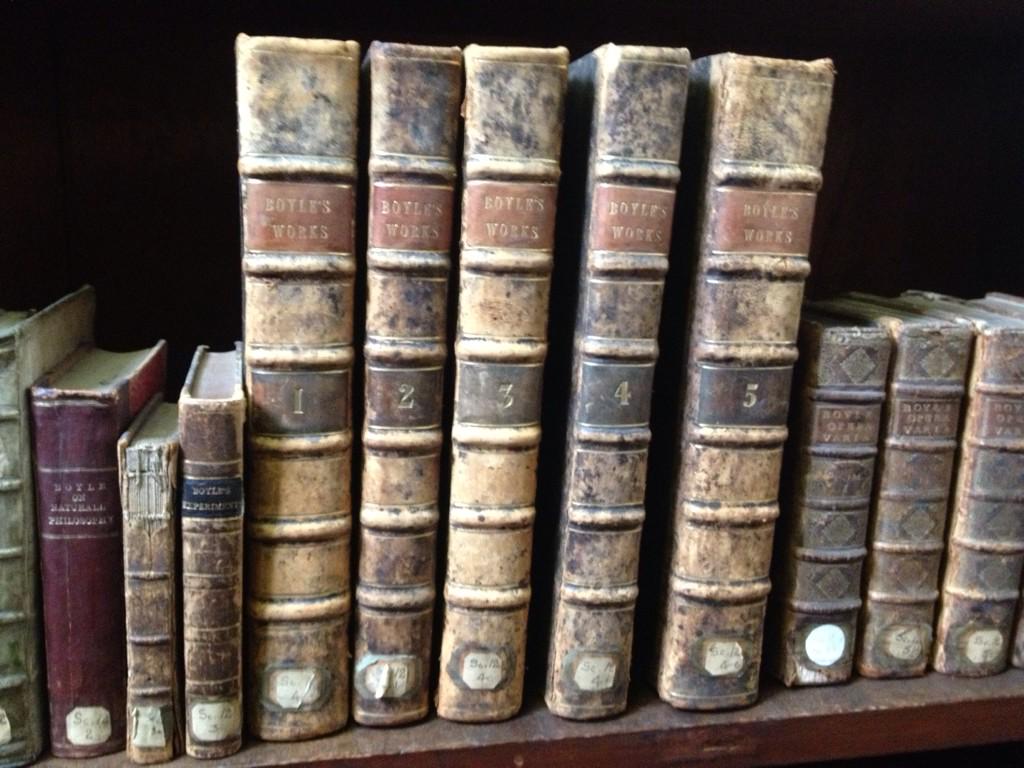
For real libraries of Irish mathematics (and much more) may we recommend these beauties in or around Dublin: the Long Room (at TCD, started in 1712, completed in 1860), the Edward Worth Library (at Dr Steevens Hospital, 1734), and the Russell Library (set up at St Patrick’s College in Maynooth, completed in 1861).
